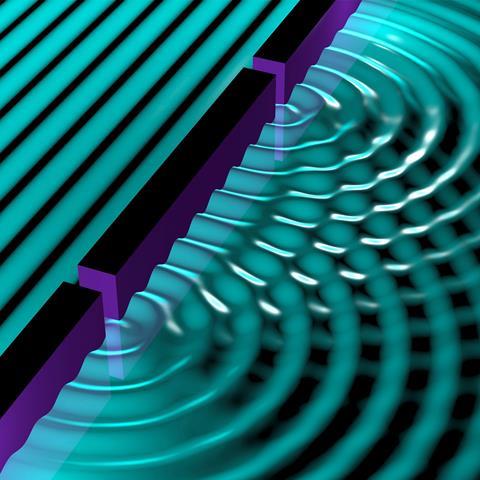The Double Slit Experiment: A Journey Through the Mysteries of Reality
Introduction The Double Slit Experiment, also known as the Young’s Interference Experiment, is a seminal experiment in the field of quantum physics that has been intriguing scientists for over 200 years. It has been the subject of numerous debates and discussions, and it has challenged our understanding of reality and the nature of matter. History The experiment was first performed by Thomas Young in 1801, who aimed to demonstrate the wave-particle duality of light. Young shot a beam of light through two parallel slits in a screen, creating an interference pattern on a second screen behind it. This pattern was similar to what would be produced by waves, rather than particles, leading Young to conclude that light behaves as both waves and particles. Various Versions of the Experiment Since Young’s original experiment, numerous variations have been performed, including versions using electrons, neutrons, and even large molecules. These experiments have shown that not only does light exhibit wave-particle duality, but all particles do as well. The Quantum Effects at Play The Double Slit Experiment reveals the strange and mysterious world of quantum mechanics, where particles can exhibit both wave-like and particle-like behavior. This behavior is a result of the wave function, which describes the probability of a particle being in a particular location at a particular time. The act of measuring the position of a particle collapses the wave function, causing the particle to “snap” into a definite position. What the Experiment Tells Us About Reality The Double Slit Experiment has led physicists to question the nature of reality itself. According to the principles of quantum mechanics, reality does not exist until it is measured. This means that the act of measurement has a profound impact on the reality of a particle. The experiment also suggests that the behavior of a particle is influenced by the observer, challenging the concept of objective reality. Leading Theories About the Experiment and the Nature of Reality There are several theories about the nature of reality and the behavior of particles in the Double Slit Experiment. One of the most popular is the Copenhagen Interpretation, which states that the wave function represents a probability distribution of a particle’s position and that the act of measurement collapses the wave function into a definite position. Another theory is the Many-Worlds Interpretation, which states that every possible outcome of a quantum event occurs in a different parallel universe. Conclusion The Double Slit Experiment continues to challenge our understanding of reality and the nature of matter. It highlights the strange and mysterious world of quantum mechanics, where particles can exhibit both wave-like and particle-like behavior, and where the act of measurement can have a profound impact on reality. The experiment has inspired numerous debates and discussions and continues to captivate scientists and laypeople alike.
The Double Slit Experiment: A Journey Through the Mysteries of Reality Read More »




